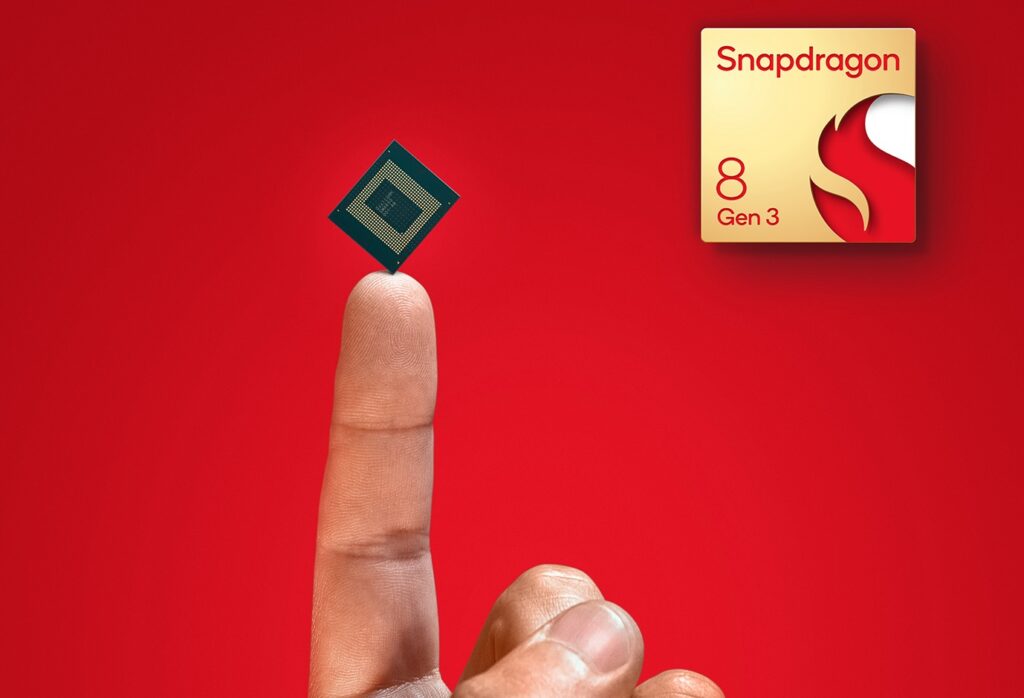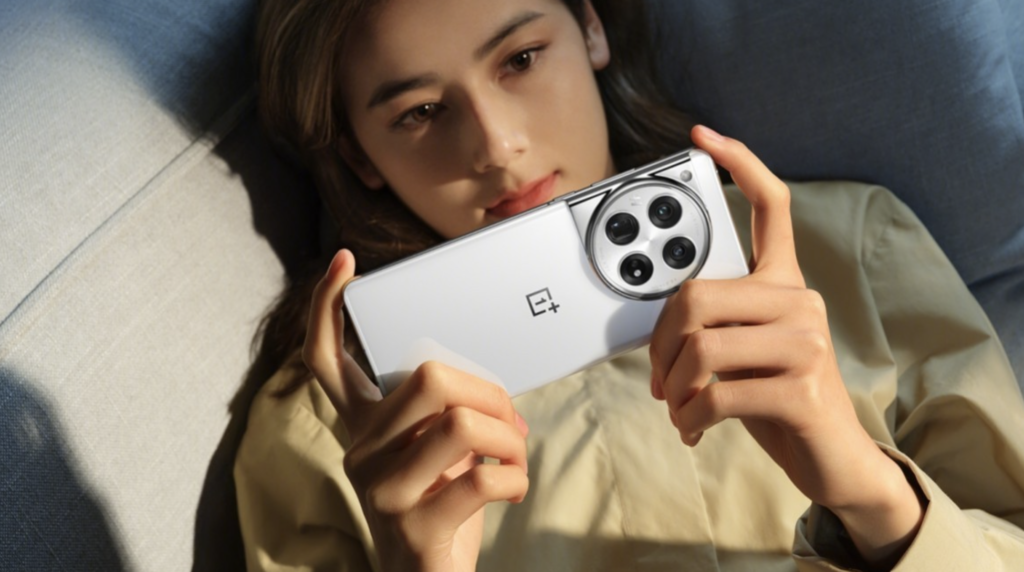We’re still a bit of time away from the official launch of the OnePlus 12, although this hasn’t stopped OnePlus from teasing fans and potential buyers about its upcoming flagship smartphone. More recently, the company announced that it has been working closely with chip manufacturer Qualcomm to put the best hardware possible into the OnePlus 12 – more specifically, OnePlus is referring to the Qualcomm’s Snapdragon 8 Gen 3 flagship SoC, which was announced just a few months ago.
Of course, this shouldn’t come as a surprise to anyone – OnePlus has always equipped its flagship handsets with whatever flagship Snapdragon chip is available, and it was only logical to see the 8 Gen 3 on the OnePlus 12. With that in mind, OnePlus did go into detail regarding the specifics of its partnership with Qualcomm. Kinder Liu, President and COO of OnePlus comments:
“We are thrilled to continue utilizing the latest Qualcomm Technologies chipset on our new flagship OnePlus 12… We are equally honored to expand our collaboration with Qualcomm Technologies to explore the full potential of this chipset and achieve greater synergies that unlock a second-to-none mobile experience for our users.”
Better Endurance

Of course, this collaboration goes beyond mere performance upgrades – with the 8 Gen 3 chip, the OnePlus 12 will provide users with access to optimizations in the form of CPU-Vitalization, the updated Qualcomm(R) Game Quick Touch 2.0, as well as enhanced AI performance. OnePlus adds that the upcoming phone will be the first 8 Gen 3-powered handset capable of working with the Snapdragon Spaces platform, allowing it to work with XR technologies and AR-capable hardware.
With CPU-Vitalization for example, OnePlus uses what it describes as “system-level arithmetic scheduling technology” which in theory allows a device to fully utilize the performance of the Snapdragon 8 Gen 3 without compromising battery endurance. This comes as a collaborative result on working with L3/MPAM solutions, as well as the optimization of EAS (Energy Aware Scheduling) algorithm. Essentially, this has allowed OnePlus to extend the battery life on the OnePlus 12 by half an hour, allowing for improved usage.
Gaming and AI

For gaming, the OnePlus 12 will supposedly feature up to 32% improvement in touch latency with Qualcomm’s Game Quick Touch 2.0, which falls under the Snapdragon Elite Gaming feature set. Other improvements include enhanced touch rate stability, reduced framerate fluctuations and touch loss during frame drops.
For AI, OnePlus says that it’s collaborating with Qualcomm to develop a lightweight edge deployment solution for large AI models, with the aim of gradually enabling large model capabilities on edge devices. With the combined efforts of OnePlus’ AI research and the Snapdragon 8 Gen 3’s performance, the company aims to deliver on-device computing capabilities, including optimization of SoC bandwidth allocation, intelligent retouching effects for locally-stored images, and generative AI language models, to name a few.
With all that being said, the global variant of the OnePlus 12 has yet to reach markets worldwide, and its actual real-world performance has yet to be determined. On the other hand though, OnePlus is teasing some big strides with regards to overall performance and such, and it should be very interesting to see if the OnePlus 12 lives up to the company’s promises.




